The Most Crazy & Complex Chinese Characters 😲
Discover the Craziest Chinese Characters
Ah complex Chinese characters, there are so many of them aren’t there?!
In truth, there is, but actually every character is built up using a series of radicals and strokes which means even the most ridiculous looking characters all have their logic.
Every single Chinese character can be broken down using these strokes and radicals which makes our lives a little easier!
However, no matter what way we look at it, these characters are head-scratchers. Understanding the logic takes time. Writing them, even longer!
All part of the fun of learning Chinese, right?
Let’s dig and check out some of the most complicated Chinese characters and share them with you.
Most Complex Chinese Characters | Cū 麤
Most Complex Chinese Characters | Shān 羴
Most Complex Chinese Characters | Pān 攀
Most Complex Chinese Characters | Gāngà 尴尬
Most Complex Chinese Characters | Nàng 齉
Most Complex Chinese Characters | Yù 籲
Most Complex Chinese Characters | Quán 颧
Most Complex Chinese Characters | BIANG
Most Complex Chinese Characters | Tāotiè 饕餮
Most Complex Chinese Characters | Pá 掱
Most Complex Chinese Characters | Qílín 麒麟
Most Complex Chinese Characters | Chīmèiwǎngliǎng 魑魅魍魉
Most Complex Chinese Characters | FAQ’s
First, we’ve got a little surprise for you! Our very own CRAZY CHARACTER QUIZ!
⬇️⬇️⬇️ Skip to Our Complex Characters Quiz ⬇️⬇️⬇️
Most Complex Chinese Characters #1 – Cū 麤 (Rough/Coarse)

Cū 麤 – almost doesn’t look real does it, just a load of lines that amount to nothing. Not so!
The character is made up of a common format used in Chinese.
Take one character and multiply it by three! You see it all the time.
The most basic examples of this could be for wood and forest (木 and 森) or even the characters for the numbers one and three (一 and 三).
So using that logic…
Let’s take the character for deer, 鹿 lù. Looks familiar?
On it’s own, it’s not too bad, but multiple not twice, but thrice, and we find ourselves in a bit of a pickle!
So many strokes! But at least you know how to decode it, and many other characters now. This is a very common trick used in Chinese characters.
Most Complex Chinese Characters #2 – Shān 羴 (Flock of sheep)
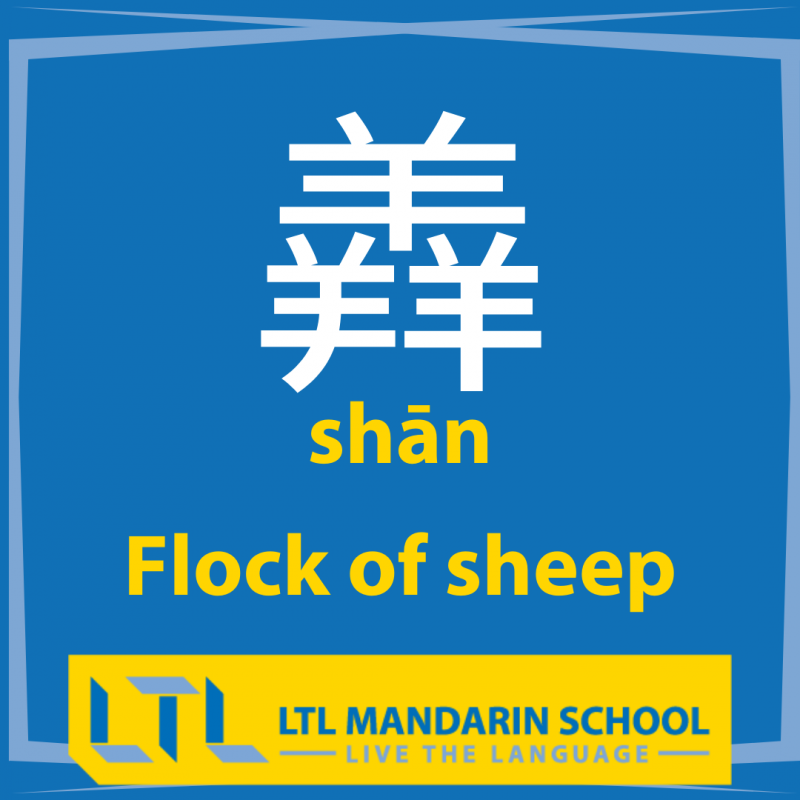
Well, look at that, the same system we saw in example one has been used here, but the meaning of this one might prove easier to remember for reasons we will explain now.
The character for sheep on its own is 羊 yáng, so how convenient the Chinese decided to make the plural for sheep, three sheeps pushed together!
Sometimes Mandarin really can be incredibly logical to learn.
DID YOU NOTICE – Above when we mentioned 木 mù and 森 sēn. The meaning of the first character was wood, the next character forest. See what they did there too? So easy to learn Chinese isn’t it?!
Most Complex Chinese Characters #3 – Pān 攀 (Climb/Clamber)

Whereas a lot of the examples here you won’t see an awful lot day to day (thank goodness), this one might prove to be an exception.
This character will often be seen on warning signs in the metro, or at scenic spots around China gives it’s meaning.
At least now, you’ll be the one in the know when everyone else is scratching their heads!
ICYMI – If you are enjoying this post you might also enjoy our similar Chinese characters article also as we decode some of the most confusing combinations in Chinese!
Here are two examples from the many in our article!
OK, back to subject in point, most complicated Chinese characters.
Most Complex Chinese Characters #4 – Gāngà 尴尬 (Awkward)
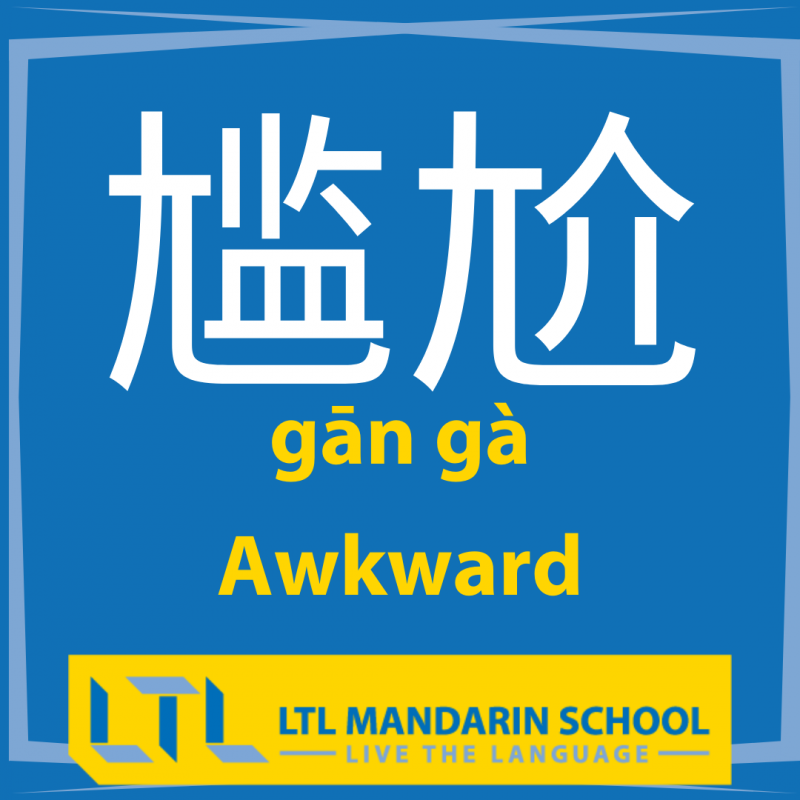
We are breaking the trend here with two characters but as they come part of a useful word we thought we’d include this.
Certainly not the most complex of all the characters in the article but, ironically enough, quite an awkward looking couple of characters to digest.
As the previous example, this is a good one to remember because you may well see this one quite a bit if you are reading even Mandarin more so.
Most Complex Chinese Characters #5 – Nàng 齉 (Stuffy Nose)
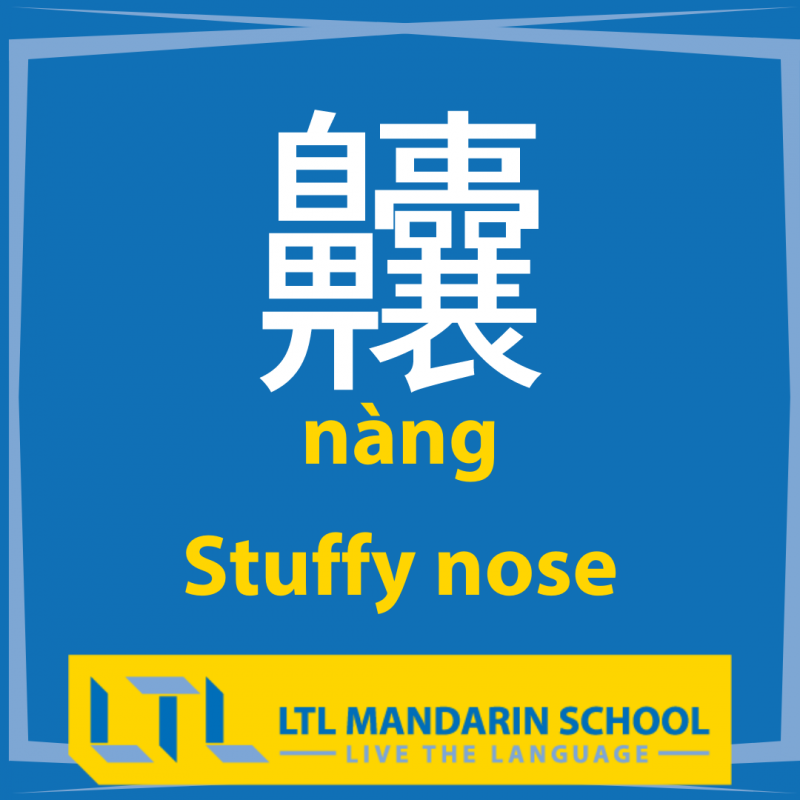
Fully equipped with 36 strokes this is a monster character that is hard to get your head around at first!
If you have any smart ways of remembering this one, let us know below because we’ve got nothing!
Repeat, repeat, repeat is sometimes the only way to get by!
Your saving grace is that it’s one you won’t be using much or seeing much either, unless you have certain allergies perhaps!
Certainly one of the more impressive examples though!
Most Complex Chinese Characters #6 – Yù 籲 (Appeal/Beg)

Two reasons why you won’t come across this much:
1 – This is another character you won’t see a whole lot of, thankfully, until you get to more advanced levels of Chinese. It’s not one of those words you’ll be learning in your earlier days of study. Phew!
2 – A second reason why you may never have to worry about this character is because it is indeed a traditional version of 吁 xū.
吁 is much easier to stomach than the one you see above but that’s the joys of studying traditional Chinese, characters will almost always be more complex.
Don’t be fooled though, just because they look more complex, it does not mean they are harder to learn. In fact, it can prove the opposite. More strokes means more potential to throw out an educated guess for what the character means if you don’t immediately know it.
On the note of Traditional Chinese
We might have something just for you…
WANT TO STUDY TRADITIONAL CHINESE? – We’ve got just the place!
Most Complex Chinese Characters #7 – Quán 颧 (Cheekbones)
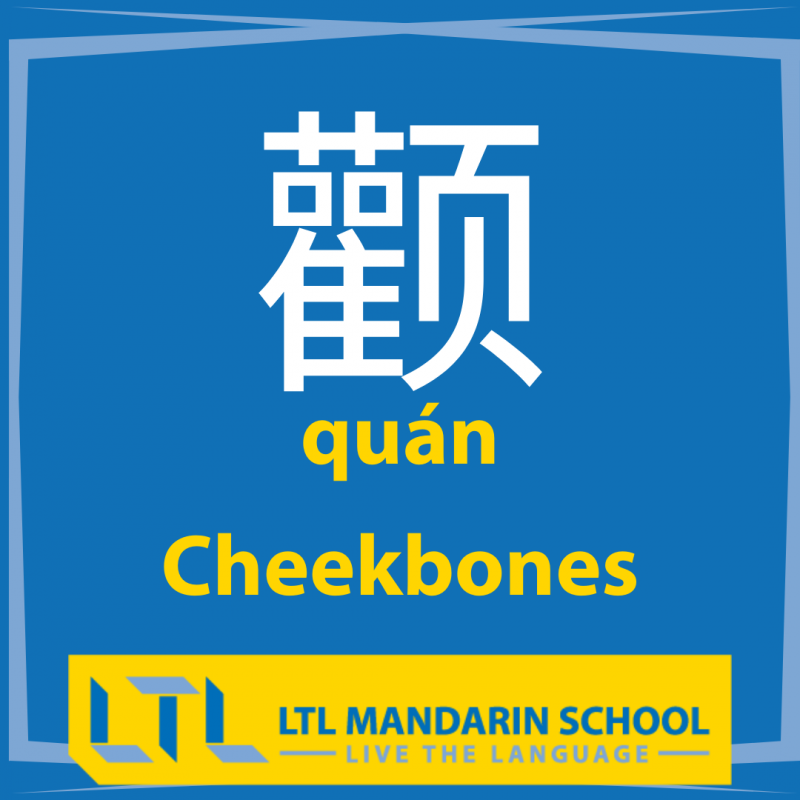
Back to “simplified Chinese”. I know, I know, not exactly simple, but hold with us. We learn together!
The character for cheekbones is certainly not the most complex on the list but still, so, many, strokes!
24 strokes in total!
Look at the left side of the character, there are two squares next to each other that almost resemble cheeks, maybe that’s the hack you need to remember this one!
Most Complex Chinese Characters #8 – BIANG – Too complex to type
We aren’t even joking, see why here!

It’s got so many strokes that typing this in normal computer font would just lead to the character being illegible.
The traditional character boasts a ridiculous 58 strokes (the one you can see above), and the simplified one a mere 43.
It easily wins the award for most complex Chinese character, but it’s also too obvious. Go to any other blog, this will be listed.
Of course with good reason, but there’s a lot more out there than just BIANG.
Nonetheless, we must admire this beastly character for what it is. To add to the fun, the word BIANG (for the famous noodle dish) is listed TWICE in the dish BIANG BIANG MIAN. As if 43/58 strokes wasn’t enough, you have to write them again, just the 86/116 strokes then!
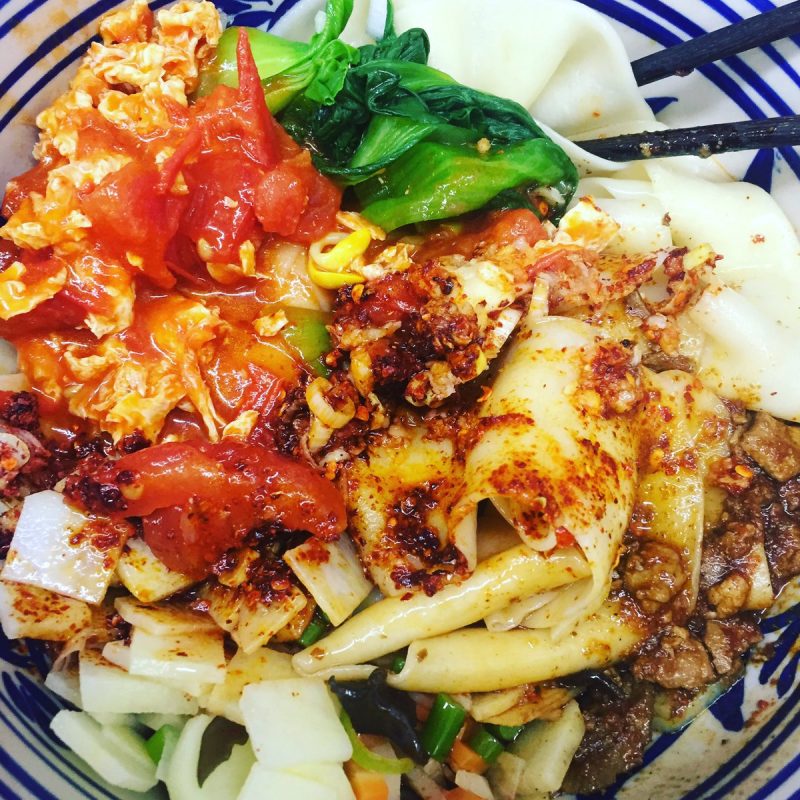
Due to the complex nature of this character most restaurants simply write this on the menu:
Biang Biang Mian – BIANGBIANG 面 (makes our lives easier)
Most Complex Chinese Characters #9 – Tāotiè 饕餮 (Glutton, Ravenous Eater)
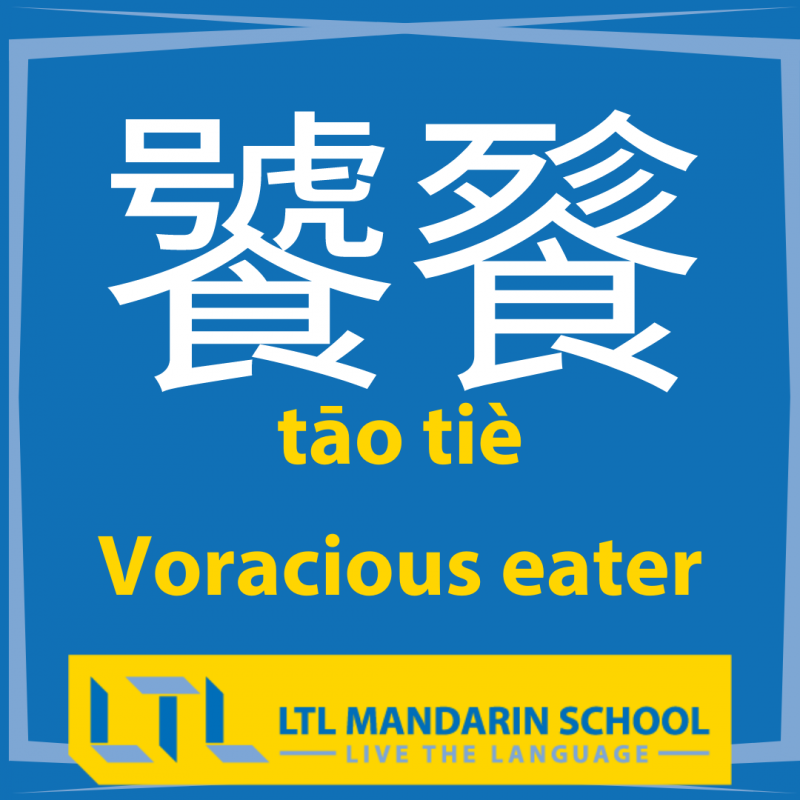
One of those examples that you try to copy with pen and paper and don’t even know where to start.
It looks almost impossible to remember, but as is so often, there is sound logic we can apply here.
The word for food/food products is 食物/食品 shíwù/shípǐn.
Let’s take the common denominator out of those two, being the first character 食 shí.
Notice anything about this character and our example above?
You got it, the character appears at the bottom of each of the two characters for the word voracious eater/glutton, how ironic!
Most Complex Chinese Characters #10 – Pá 掱 (Steal/Pickpocket)

This is a particularly smart example which should actually prove quite easy to remember.
Going back to the earlier examples, we have one character multiplied by three. That character is the character for Hand in Chinese 手 shǒu.
So how fitting it should be that three hands amount to a pickpocket or stealing. Makes perfect sense really doesn’t it?
Take, take, take
Most Complex Chinese Characters #11 – Qílín 麒麟 (Mythical Chinese Animal)
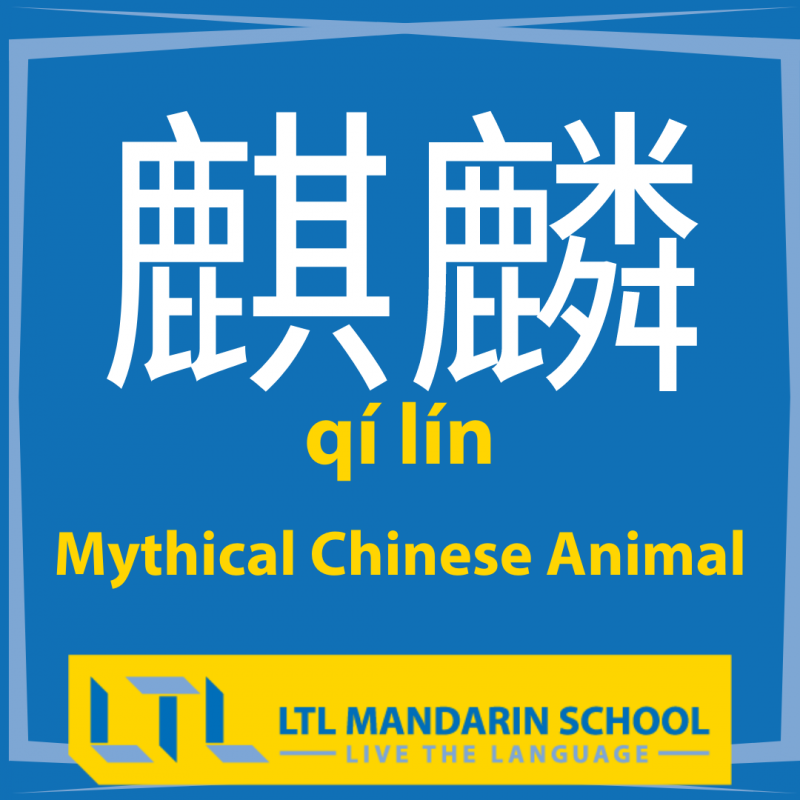
Wow, quite a mess to deal with there! Where do we start when decrypting this one?
You’ll notice the left hand radical is the same on both so that’s a nice place to start.
Also, the more common character 其 qí which you will learn early on from words like 其实 qíshí (actually), features on the right hand side of the first character. Conveniently the pinyin is the same!
In all seriousness, it’s interesting to look at but not one you should worry about for day-to-day purposes. Our staff at LTL got a bit carried away when suggesting examples!
It’s always good to open our eyes to these kinds characters anyway! It all helps for further study and progression.
Most Complex Chinese Characters #12 – Chīmèiwǎngliǎng 魑魅魍魉
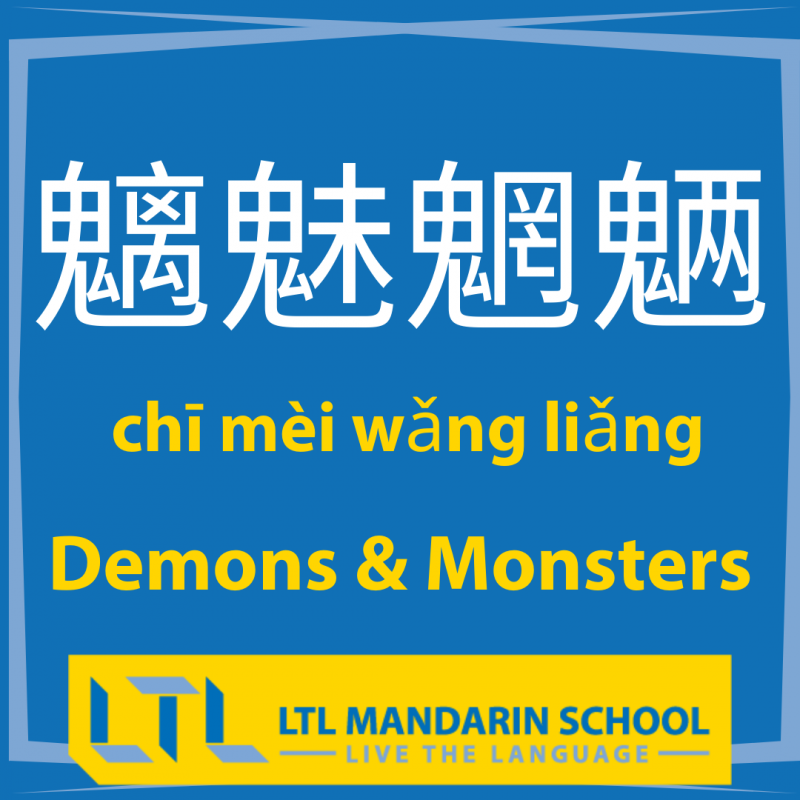
Time to level up to 4 characters! Getting a sweat on?
This one, we think anyway, is surprisingly neat on the eye and not all that hard to remember given the left hand radical.
Kindly, they are all the same, but still, looks like a big mess at first glance.
So we introduce to you our first complex Chinese Chengyu.
Don’t know what a Chengyu is? Check out our Chinese Chengyu article, we’ve got many actually!.
This is an idiom for evil spirits, demons/monsters, bad/evil people.
Not particularly pleasant but worth knowing nonetheless, you never quite know when you’ll come across these characters in the future!
Do you have a favourite yet?
We are quite fond of the Mythical Chinese Unicorn one to be honest.. Let us know in the comments below and if you have other Complex Chinese Characters to share, please do!
BONUS – Complex Chinese Characters Quiz
Most Complex Chinese Characters – FAQ’s
What are the most complex Chinese characters?
There are many! You’ll see 12 of them in this blog, such as cū 麤(rough/coarse), tāotiè 饕餮 (glutinous) and chīmèiwǎngliǎng 魑魅魍魉 (demons & monsters).
They are so complex and requires so many strokes it might even be difficult to read them on screen!
How to learn Chinese characters?
You can learn the Chinese characters along with the Pinyin, or learn them separately.
Mind the stroke order, which will be very important in your study of characters. Write lines of characters to better integrate them, and download some apps such as Skritter, Scripts by Drops, or Dong Chinese to practice them online.
What’s the difference between Simplified and Traditional?
Simplified Chinese came about in the 1920’s to help promote the Chinese culture and make it easier to learn and write Chinese. Mainland China and Singapore use Simplified Chinese.
Traditional is much more complex going by stroke order alone, but also there are some cases where the character is very similar or even exactly the same. Hong Kong, Macau and Taiwan use Traditional Characters.
You can discover more differences in our Simplified vs Traditional Chinese blog.
What is Pinyin?
Pinyin is the romanization of Chinese characters, allowing us to read the characters and know how to pronounce them.
Download your Pinyin Chart for free here.
Want more from LTL?
If you wish to hear more from LTL Mandarin School why not join our mailing list.
We give plenty of handy information on learning Chinese, useful apps to learn the language and everything going on at our LTL schools!
Sign up below and become part of our ever-growing community!
![[𝗢𝗟𝗗] LTL Xi'an Logo](https://old.ltl-xian.com/wp-content/sites/18/logo-ltl-header.png)


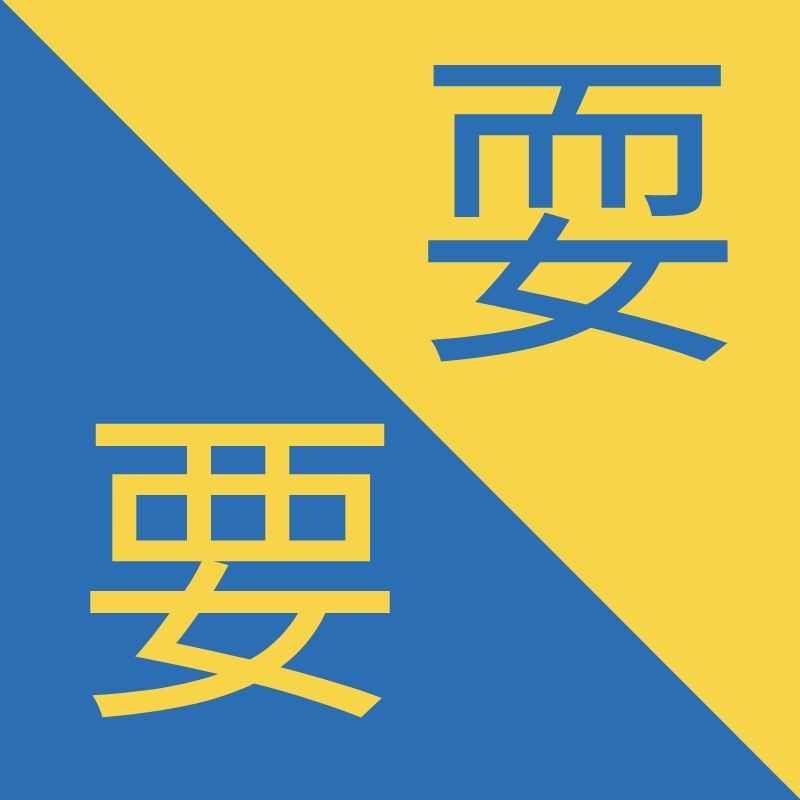


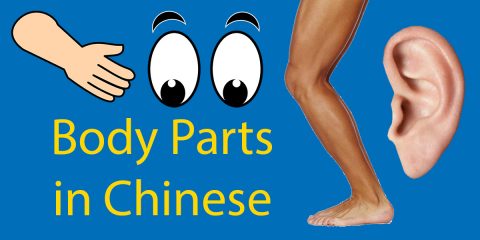

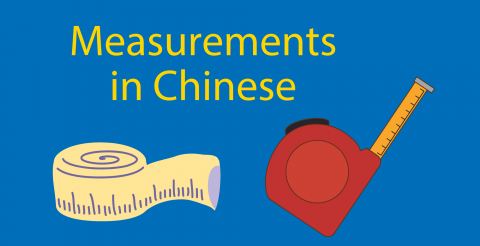
18 comments
[…] The process for learning to write and read Chinese is far more labor-intensive than those of alphabetical writing, but perhaps it’s for this reason that there’s a fascination with the Chinese language… I hope that after having read this article it will be a little clearer for you and will help you to learn Chinese characters easier, even the most complex ones. […]
No chance I ever remember those!
You know what, it might not be as bad as you think! It’s all about finding the radicals in each character
Maybe this will help Tez – https://ltl-beijing.com/chinese-radicals/
This is such a good read!
Thanks so much Dick! Glad you enjoyed it.
😲😲😲😲!?
wow so cool so many chinese characters…. I am speechless🤭🤭…… 🤔🤔🤔which chinese character has 1000 strokes?
BIANG is in fact the hardest, even we don’t know a character that has 1,000 strokes, thankfully!!
is 齉 hard to write?
If you break them all down by radical they are very do-able but let’s be honest, it’s a bit of a handful isn’t it!
Max
麤
So difficult to read on the eye!
[…] for their delicious taste but also because of the character “biang” which is the most complex Chinese character of […]
As a Chinese Student it doesn’t seems that hard!
That’s good to hear!!
Chinese is 😲
I can see why you think that after reading this, but it’s not so bad! Trust us 🤣
Re the stuffy nose nang ((that of 36 strokes), I sought out that character in the early 1960s while an IFEL student at Yale. I went to a Matthews Dictionary, went to the most complex radicals, then added the phonetics strokes. Nang fell out of the effort. The nose radical helps. The phonetic on the right leads to other characters that have the same or similar sound. Finally, the lower right 5 strokes indicate something “inside”. Through a combo of these mnemonic aids, I learned to write this character, still remembering it 64 years later. It is very useful when attempting to teach non-Chinese speakers about traditional characters.
Very interesting insight Clyde. Thanks for your comment 🙂